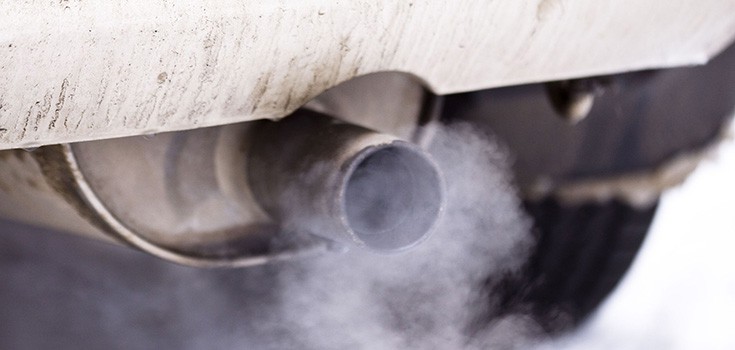State of the Air Report Shows Air Pollution Improving Slightly, Outlook Still Grim

Every year, the American Lung Association releases their State of the Air report, showing just how bad the air quality is in American cities. For the past few years, there has been improvement based on previous releases of State of the Air, but still, over 127 million Americans suffer pollution levels often too dangerous to breathe.
Dangers of a Poor State of the Air
The State of the Air 2012 showed that more than 41% of people in the United States live in areas with unhealthy levels of ozone or particle pollution, both of which have serious health effects.
Ozone pollution can shorten your life. According to research, the risk of premature death increases with the amount of ozone in the air. Women, diabetics, and older adults in particular are at the highest risk for premature death from high ozone levels.
As stated by David Bates, M.D.:
“Ozone is capable of causing inflammation in the lung at lower concentrations than any other gas. Such an effect would be a hazard to anyone with heart failure and pulmonary congestion, and would worsen the function of anyone with advanced lung disease.”
Particle pollution refers to the tiny solid and liquid particles in the air we breathe, much of which comes from traffic exhaust. Particle pollution can cause illness, hospitalization, and premature death, according to the American Lung Association. Even short-term exposure to such pollution can be deadly.
One study from the Columbia Center for Children’s Environmental Health finds that high levels of pollution can affect the eventual intelligence of children, making for lower IQ ratings. Other studies link the same pollutants to depression, asthma, and many other health concerns.
Additionally, a study published online in the journal Molecular Psychiatry also showed how pollution can negatively impact the brain. The research is the first long-term research to conclude such findings. “The results suggest prolonged exposure to polluted air can have visible, negative effects on the brain, which can lead to a variety of health problems,” lead author of the study Laura Fonken said in a statement.
“The more we learn about the health effects of prolonged exposure to air pollution, the more reasons there are to be concerned,” stated Randy Nelson, co-author of the study and professor of neuroscience and psychology at Ohio State.
On a positive note, the American Lung Association reports that, “More than half of the country’s most smog-polluted cities experienced their best year yet.” Out of 25 cities with the most ozone pollution, 22 improved their air quality.
What should you do?
What can you do to reduce exposure to air pollution? Pay attention to air quality warnings announced on the weather each day. Reduce outdoor activities as much as possible during days that are said to have higher ozone and pollution levels to protect yourself from the health risks of these pollutants. Additionally, learn of the air quality in your city or area so that you are aware.
Also, do your part to reduce pollution in the air by driving less when possible, using less electricity, and not burning trash and wood. Perhaps more importantly, take measures to reduce air pollution within your home, as indoor air pollution can actually be much worse. In fact, it has been shown to cause 50% of illnesses globally.
Additional Sources:
